Eco-friendly, natural, and sustainable are in vogue. While some companies take environmental impact seriously, others participate in greenwashing. Instead of taking meaningful action, they do the bare minimum or use buzzwords without merit. Discover what greenwashing means and how we avoid this practice with transparency and relevant practices.
What Does Greenwashing Mean?
Here is a simple greenwashing definition: In short, it is when companies try to portray themselves as environmentally friendly without the actions to back it up. They may take some action, but try to make it appear bigger or more impactful than it is.
This practice isn't always obvious to the average consumer. When greenwashing, companies may tout claims such as "natural" or "sustainable" without explaining in detail what they mean. In this way, they may deceive consumers into thinking they're purchasing a sustainable or eco-friendly product.
Jay Westerveld, an environmentalist, was the first person to use the term "greenwashing" in 1986. He noticed that hotels were making sustainability claims about reusing towels. Yet, this trend falsely advertises environmental benefits when the true goal was lowering costs. Westerveld used this new term to explain this marketing ploy.
What is an Example of Greenwashing?
Since its emergence, many companies have been accused of greenwashing. Some greenwashing examples include:
- Volkswagen: In 2009, the company promoted "clean diesel" cars. Yet, later officials at the EPA discovered the company had used special software to cheat on emissions tests.
-
H&M: Environmentalists accuse this popular fast fashion brand of making misleading claims with their "conscious" collection. The collection supposedly uses sustainable or recycled fabrics. Yet, the brand as a whole produces so much clothing that the offset would be minimal. Another critique is that the brand only provides vague information about its environmental impact.
-
Walmart: Greenpeace sued Walmart in 2020, claiming that recyclable labels on its products mislead consumers. Experts claimed the type of plastic in applesauce and fruit cup containers is labeled as "recyclable." Yet, recycling facilities can't process these plastics.
Examples of greenwashing are rampant in every industry, including products and services. From fast furniture to fossil fuel companies and restaurants, many companies make misleading environmental claims.
How to Spot Greenwashing
How can you spot misleading or outright false claims associated with greenwashing? Some common features of greenwashing include:
Vague Language
Many companies use general language like "natural", "green", or "eco-friendly." Yet, if you look for details on what that actually means, there's no information that supports these claims.
A truly sustainable company backs up claims with specifics. For example, they might list ways they lower their carbon footprint by using renewable energy sources or recycled materials. Or, the company might use sustainably harvested or created materials. Many also use certifications.
No Third-Party Certifications
Certifications require a separate organization to verify sustainable practices and materials. When companies greenwash, they don't seek certifications because that would require them to ensure they meet the standards.
To achieve a certification, companies need to meet strict standards on substances, materials, ethical production, and more. Many certifications include a period of testing that takes months to achieve.
Some important certifications to look for in sustainable companies include:
- Forest Stewardship Council (FSC©) certifies wood, ensuring it is sustainably harvested and follows renewable forestry practices.
- Greenguard Gold tests for over 10,000 chemicals and stringent emission standards, contributing to higher quality indoor air. Additionally, products that achieve this certification avoid the use of harmful chemicals.
- OEKO-TEX tests textiles for over 1,000 harmful substances and also certifies claims such as the use of recycled materials.
- GOTS certifies that fabrics are produced using organic farming practices.
- Intertek is a third-party tester and certification organization that ensures a company's claims and certifications are valid.
Companies with these certifications list them on their website and print them on packaging. Checking for certifications is typically as easy as visiting a company's website.
Few or Only Surface-Level Initiatives
Eliminating plastic straws or using environmentally friendly packaging are great initiatives. But what about the rest of the company?
Companies that participate in greenwashing typically do the bare minimum. Instead of trying to make a true difference, companies that greenwash market green initiatives for the sole purpose of improving public image. However, if you take a deeper look, the company doesn't use a holistic approach.
A company that's truly sustainable goes beyond the surface. In addition to environmentally friendly packaging, they might also have carbon offset programs. Or they might have planet-friendly initiatives throughout their supply chain. Many companies also donate a portion of their proceeds to environmental action, like planting trees or preserving forests.
Lack of Transparency
A company that participates in greenwashing may list various green practices, but lack transparency. They may not offer specifics like which certifications they hold or which organizations they donate to.
Companies that are sustainable don't shy away from providing transparency. While no company is perfect, providing transparency shows a commitment to improvement and honesty. Plus, transparency helps customers make an informed decision.
Piccalio for the Planet: Our Transparency Promise
At Piccalio, we strive to improve and enhance our sustainability efforts. Since our first sale, we've been making changes to create a better world for future generations. Using a holistic approach, we seek to create furniture and toys that are long-lasting and ethically and sustainably made.

How We Create Sustainable Furniture and Toys
Creating sustainable furniture and toys is a challenge. At Piccalio, we use several strategies to make our pieces good for your family, your home, and the planet.
Pieces that Stand the Test of Time
We prioritize quality and longevity so families can pass down our pieces for generations. Instead of using materials like MDF, which have a shorter lifespan, we use natural woods like birch plywood, European solid beech wood, and New Zealand pine wood. This also means our furniture has greater resale value in second-hand markets.
Prioritizing longevity and quality reduces waste and uses fewer resources. This means customers need to buy fewer products, which is ultimately more sustainable.
Non-Toxic and Sustainable Certifications
We don't just make claims; we certify with rigorous certifications and standards. Starting with our raw materials, we source lumber from sustainably managed forests.
We only use Forest Stewardship Council (FSC®) Certified lumber. FSC® ensures that forests are healthy and don't experience loss of tree cover over time. Additionally, the organization verifies that workers and communities are treated fairly.
Additionally, we avoid using chemicals that harm human health and the environment. Substances like formaldehyde are commonly found in furniture. We ensure our pieces, including finishes, are free of this and other VOCs.
Our wooden pieces are Greenguard Gold Certified and have been tested for over 10,000 substances. Avoiding these harmful chemicals is not only better for the environment, but it also improves indoor air quality.
When choosing other materials, we also prioritize sustainability. For example, we use natural rubber and organic cotton for our Play Mat. We use GOTS-certified organic cotton, which is tested for safety related to chemicals, dyes, and pesticides.
Design for Multiple Functionalities and Efficient Manufacturing
We design with the environment in mind. One way to prolong the useful life of furniture is by giving it multiple functions. At Piccalio, we use designs that grow with your child. For example, our Reversible Chair flips to offer a new size for your growing child.
Also, many of our products continue to serve beyond childhood. For example, our Foldable Helper Tower is also a step stool for adults. Our Play Table can also double as a side table or nightstand. The Toy Box also offers multiple functions—it can be a toy box or a storage bench.
Another step we take is in manufacturing. We reduce waste as much as possible by cutting wood to minimize scraps and leftovers. This means thinking carefully about patterns and cuts to limit waste.
Considering the Entire Supply Chain
We find ways to be green throughout the entire product cycle. From raw materials all the way through delivery, we seek practices that benefit the planet. One example is our carbon offset program. We offset carbon emissions for domestic orders by partnering with organizations like Heirloom, Remora, and Charm.
Additionally, we donate a portion of our proceeds to One Tree Planted, an organization that plants trees worldwide. Planting trees is good for the climate, boosts biodiversity, and also improves air quality. Although we already use FSC® wood, we believe taking this extra step is worthwhile for future generations.
Choose Honest, Sustainable Efforts Over Greenwashing
At Piccalio, we continue to work toward even more sustainable practices. By choosing companies like Piccalio, you can help make a small difference for a better future.
Do you avoid companies that greenwash? Tell us about your experiences with purchasing sustainable products in the comments below.
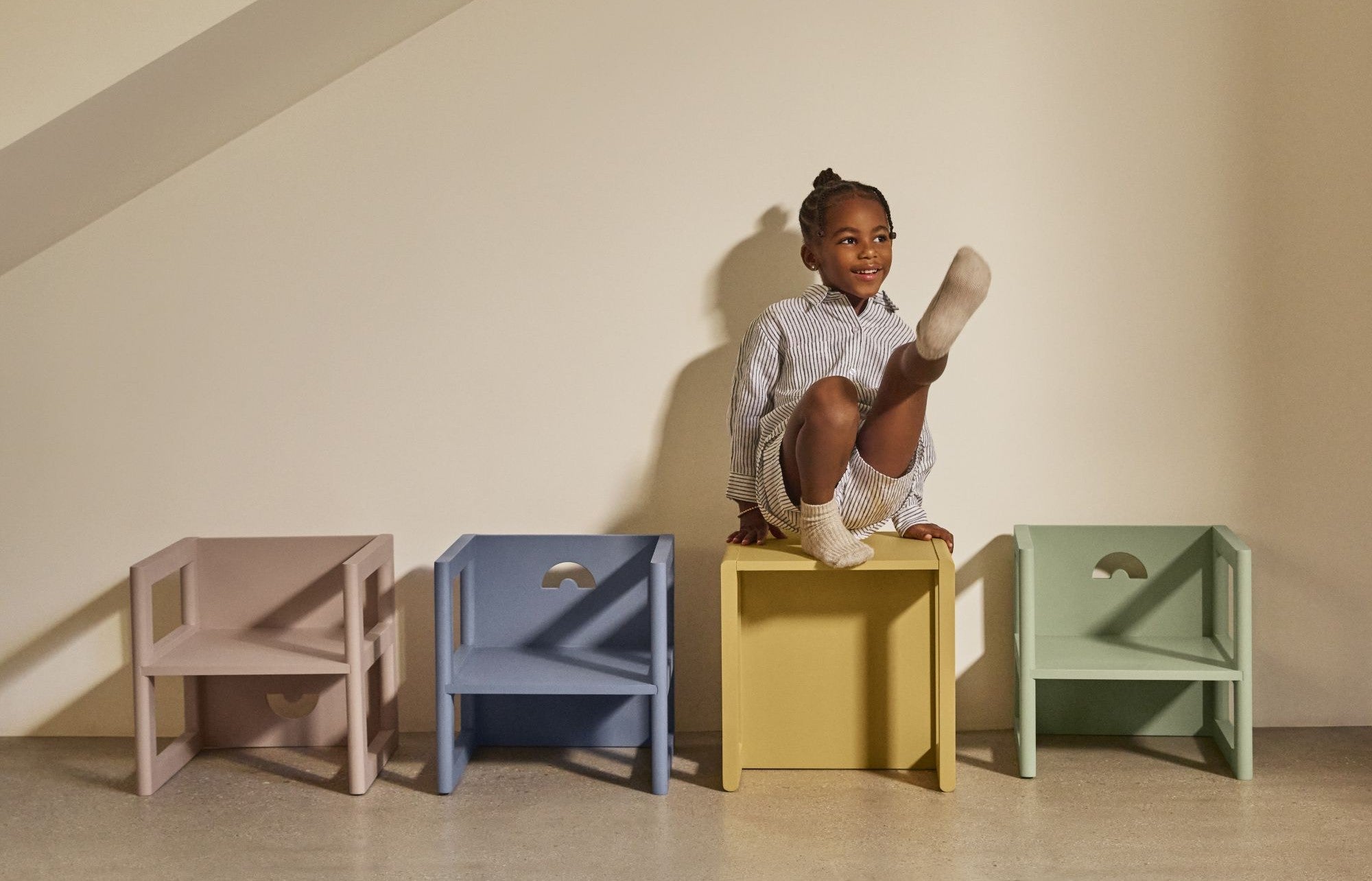

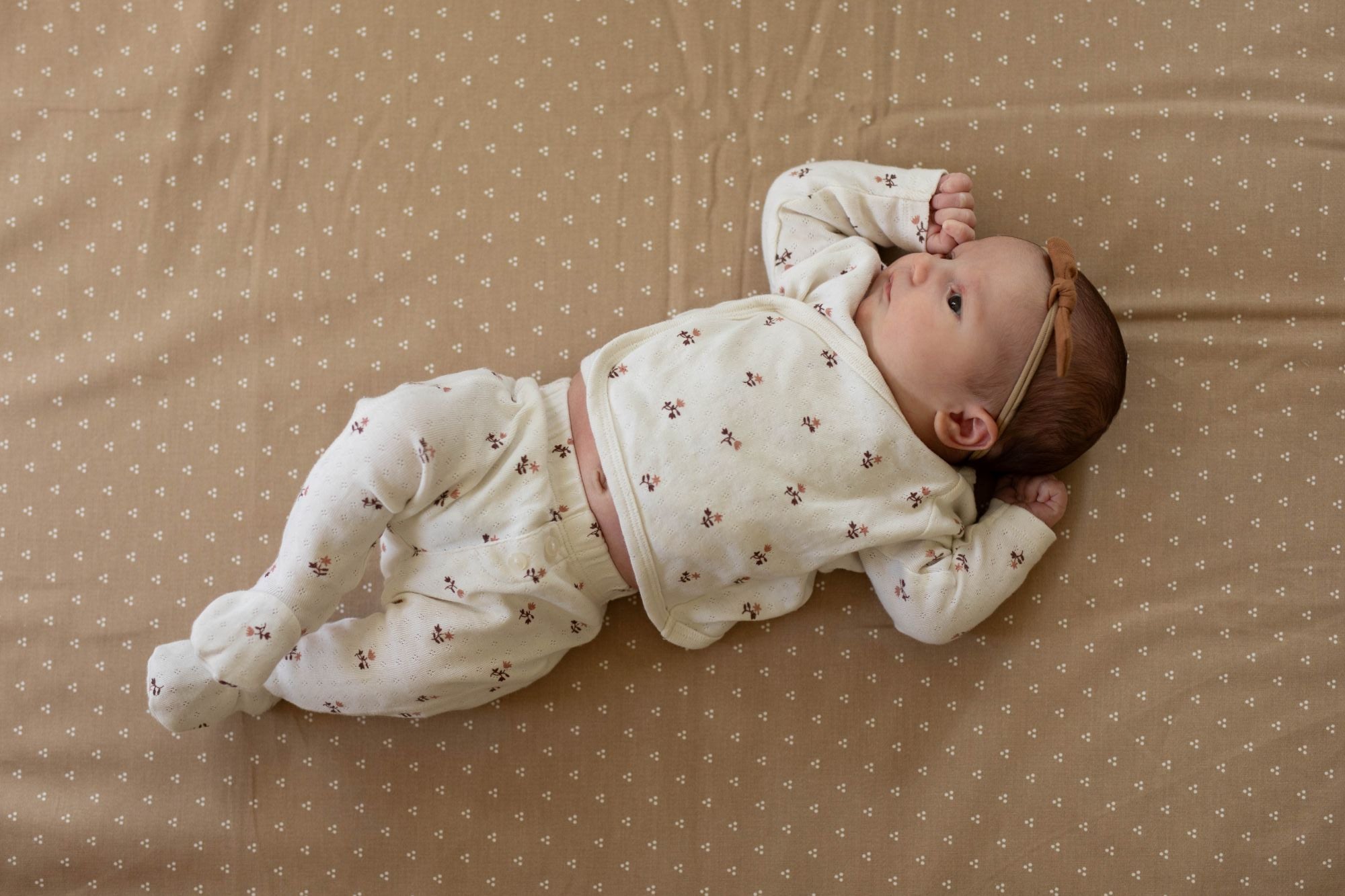


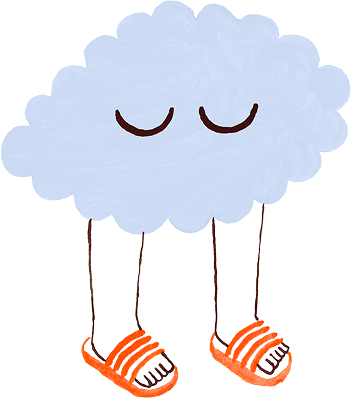
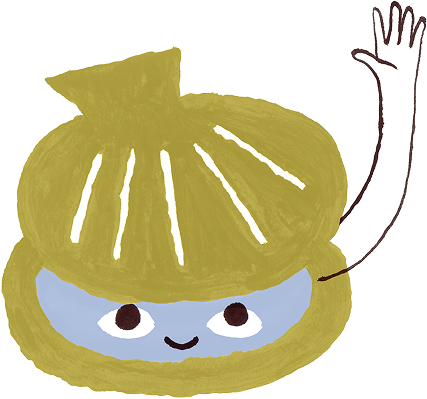
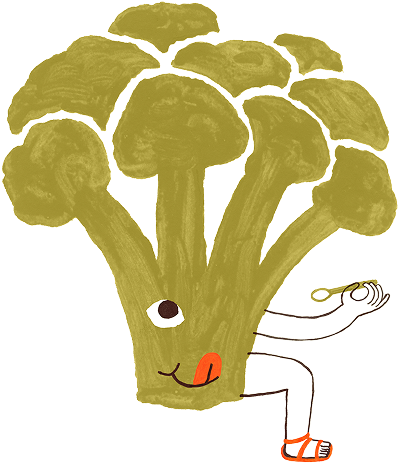
Leave a comment
This site is protected by hCaptcha and the hCaptcha Privacy Policy and Terms of Service apply.